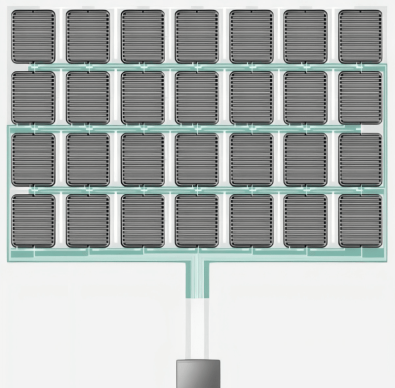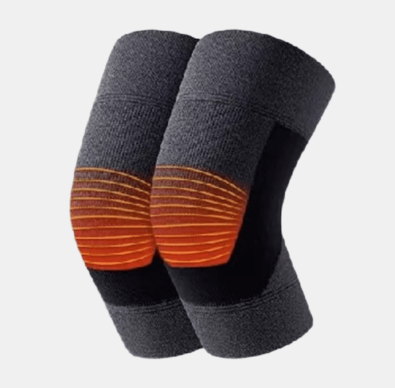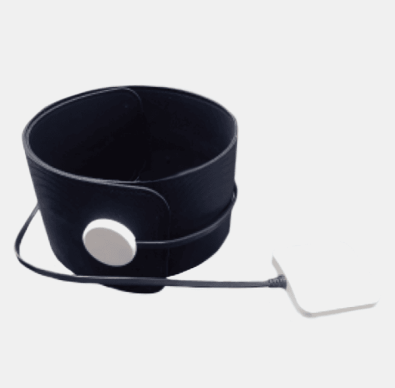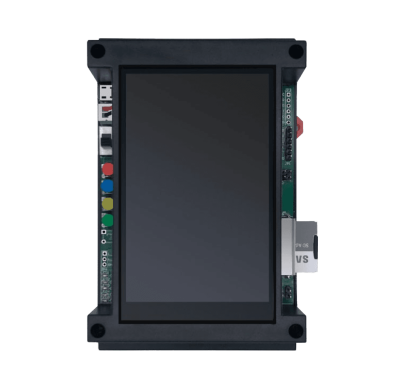The Intersection of Digital Writing and Drawing: Unleashing Creativity in the Digital Age
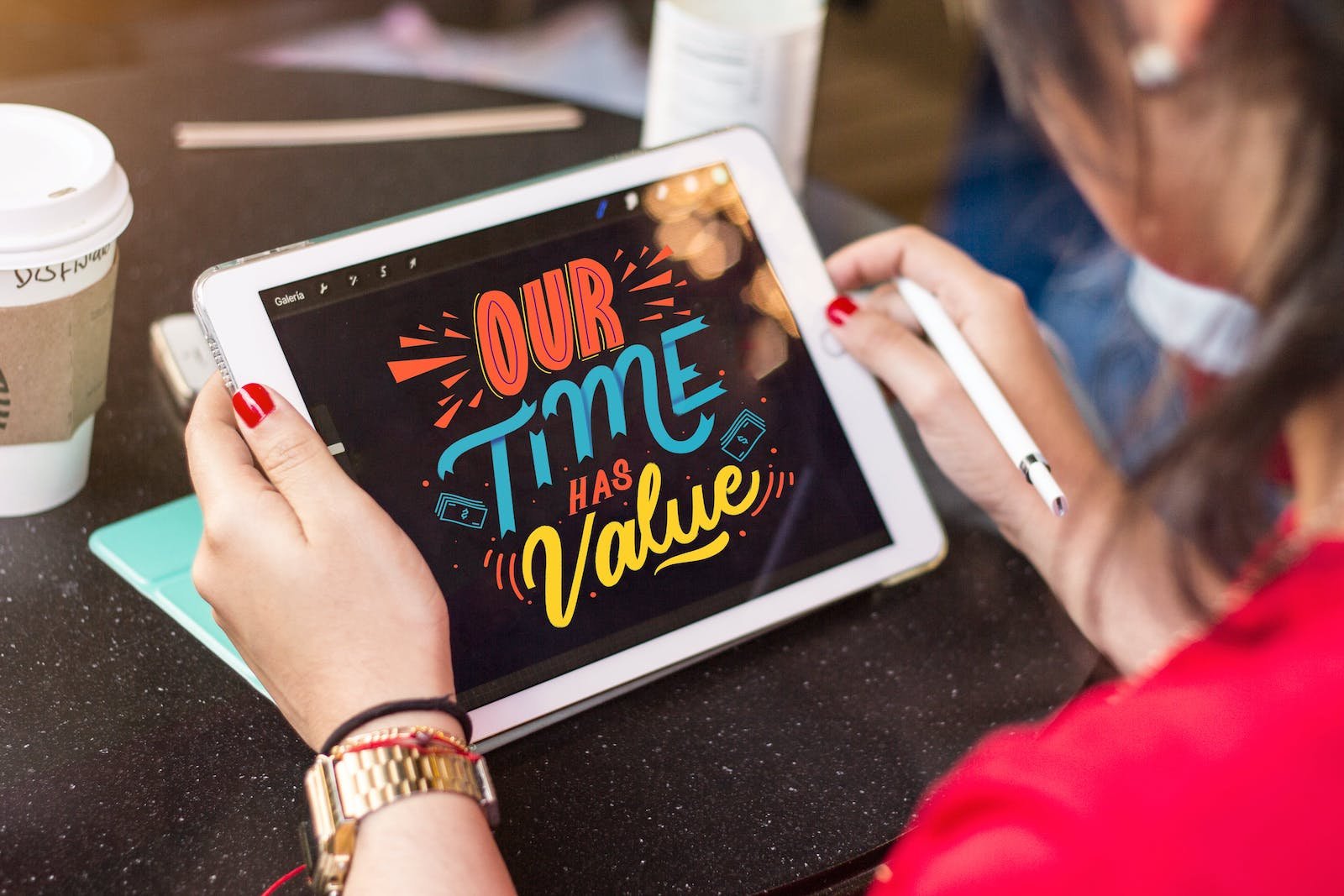
In the digital age, the world of art and literature has witnessed a transformative shift with the advent of digital writing and drawing. These innovative tools have empowered artists and writers alike to push the boundaries of their creativity and explore new realms of expression. In this article, we will delve into the fascinating world of digital drawing and writing, exploring their benefits, challenges, and the ways in which they have revolutionized the creative process.
The Rise of Digital Drawing
Digital drawing has opened up a whole new realm of possibilities for artists. With the help of graphic tablets, pen displays, and stylus pens, artists can now create stunning illustrations, paintings, and sketches directly on a digital canvas. The ability to work digitally offers numerous advantages, such as:
Infinite Possibilities
Digital drawing eliminates the limitations of traditional mediums. Artists can experiment with an extensive range of brushes, colors, and effects, allowing them to create unique and imaginative visuals. The digital realm offers endless possibilities for creating intricate details, playing with lighting and shading, and exploring various art styles
Flexibility and Undo Options
One of the greatest advantages of digital drawing is the ability to undo mistakes and make changes effortlessly. Artists can experiment with different compositions, colors, and techniques without fear of ruining their work. This flexibility fosters a more experimental and exploratory approach to art, encouraging artists to take risks and push their artistic boundaries.
Efficient Workflow
Digital drawing tools provide a streamlined workflow. Artists can easily save their progress, work in layers, and make adjustments with precision. The ability to zoom in and out allows for meticulous detail work, while the use of shortcuts and customizable interfaces enhances productivity and efficiency.
Collaboration and Sharing
Digital drawing platforms enable artists to collaborate and share their work with a global audience. Artists can connect with other creators, receive feedback, and participate in online communities. This fosters a sense of community, promotes learning, and provides valuable exposure for aspiring artists.
The Evolution of Digital Writing
Similar to digital drawing, digital writing has revolutionized the way we approach the written word. From word processors to online platforms, digital tools have transformed the writing process in numerous ways:

Enhanced Writing Experience
Digital writing tools offer a more immersive and engaging experience for writers. With features like auto-save, spell-check, and word count, writers can focus more on their creative flow rather than the technical aspects of writing. Additionally, tools such as grammar checkers and thesauruses provide writers with instant assistance, helping to refine their work.
Increased Accessibility and Portability
With digital writing, the limitations of physical mediums are eliminated. Writers can work on their craft anywhere and anytime, whether it’s on a computer, tablet, or even a smartphone. The ability to sync work across devices ensures writers never lose their progress and can seamlessly transition between platforms.
Collaboration and Feedback
Digital writing platforms have made collaboration and feedback easier than ever before. Writers can easily share their work with editors, beta readers, and writing communities. This facilitates valuable input, constructive criticism, and the opportunity for growth. Real-time collaboration tools also enable multiple writers to work on a single piece simultaneously, fostering teamwork and creative synergy.
Publishing and Distribution
Digital platforms have democratized the publishing industry, providing writers with more opportunities to showcase their work. Self-publishing options, e-books, and online writing communities have allowed writers to reach a global audience without the need for traditional publishing houses. This has empowered aspiring writers to share their stories and ideas with the world, bypassing traditional gatekeepers.
Challenges and Considerations
- Technical Learning Curve
- Maintaining Authenticity

- Distractions and Over-reliance
The digital world is filled with distractions that can hinder creativity. Artists and writers must find ways to stay focused and avoid the temptation of endless browsing or social media. It is also important to strike a balance between digital and offline creative practices to avoid over-reliance on digital tools.
The Role of Pressure Sensors in Digital Drawing Pens
Digital drawing pens have revolutionized the way artists and designers create digital artwork. These pens offer a level of precision and control that closely mimics traditional drawing tools like pencils and brushes. One of the key features that contribute to this enhanced experience is the integration of pressure sensors within these pens.
Pressure sensitivity is a fundamental aspect of digital drawing pens that enables artists to vary the thickness, opacity, and other visual qualities of their strokes based on the pressure they apply. Pressure sensors within the pen detect the amount of force being exerted on the drawing surface, translating it into data that can be interpreted by the drawing software.
When an artist applies light pressure on the pen, the pressure sensor detects this and communicates it to the software, resulting in a thin and faint stroke. Conversely, when more pressure is applied, the sensor captures this change and the software responds by creating a thicker and darker stroke. This dynamic range of pressure sensitivity allows for a wide array of stroke variations, providing artists with greater control over their artwork.
The integration of pressure sensors in digital drawing pens provides several advantages:
- It enhances the natural feel and responsiveness of the digital drawing experience, making it more akin to traditional drawing on paper. Artists can intuitively adjust their strokes based on the pressure they apply, allowing for more expressive and nuanced artwork.
- In addition to stroke thickness, pressure sensitivity also affects other artistic parameters, such as brush size, transparency, and even color blending. With pressure-sensitive pens, artists can achieve a more organic and lifelike rendering of their artwork, as they can simulate the effects of different traditional drawing tools and techniques.
- Moreover, pressure sensitivity enables artists to work more efficiently by reducing the need for constant tool switching or adjusting settings manually. They can seamlessly transition between different stroke styles and effects simply by adjusting the pressure they apply with the pen. This streamlines the creative process and allows for greater focus on the artistic vision rather than technicalities.

Digital drawing pens with pressure sensors have become an indispensable tool for artists, illustrators, and designers in various fields. They have opened up new possibilities for artistic expression in the digital realm and have contributed to the growth of digital art as a legitimate form of creative medium. By bridging the gap between traditional and digital drawing, these pens empower artists to explore their creativity with greater fluidity, control, and precision.
Flexniss: Giving Your Tech a Better Way to Support Artists
Say goodbye to limitations and hello to limitless possibilities and spend less time bringing your users’ vision to life with quality digital writing and drawing pen pressure sensors!
Flexniss provides the best flexible sensors for more precise digital drawings and writings, and we work hard to deliver premium customer services to those who seek to have their pressure sensors customized.
Browse through our product pages to learn more!
